Frequencies
For the past several generations, high frequencies have been a major marketing point for Intel CPUs. These high frequencies traditionally translate to better gaming performance, though this isn’t always the case since IPC, cache, core counts, and other things improve framerates as well. For the 13th generation, Intel focused on larger frequency increases for the i9, but the larger L2 cache, and a small IPC improvement help to increase performance as well. Intel advertises the 13600K as a CPU capable of boosting up to 5.1 GHz on its P-cores and 3.9 GHz on its E-cores.
We used Cyberpunk 2077 with uncapped framerates in 1080p on low settings with DLSS Ultra Performance mode enabled (to reduce GPU bottlenecking) to perform some basic gaming stress tests on the 13600K. We chose this heavy hitter to maximize power draw for the CPU and consider this test to be an extreme scenario for this particular title. The game averaged 187.5 fps under these conditions and CPU P-Core usage reached a maximum of just 32%. We then allowed the game to run for 10 minutes and heat up the processor before capturing data and then recorded roughly six minutes of frequency behaviors for both the P-cores and E-cores. For cooling, we used the Corsair H150i Elite 360mm liquid cooler with the updated contact design for 12th and 13th gen.
- P-Core #0
- P-Core #3.
- E-Core #8.
Under these test conditions, the 13600K yielded fluctuating clocks speeds between 4.82 and 5.89 GHz across all P-cores while gaming. The results varied per core, so it’s important to note the overall spread versus just the worst and best cores. The E-cores managed a stable 3.89 GHz across all cores. We were not able to achieve any improvements over stock using the AI OC one-click overclocking feature built into the ASUS ROG Strix-E Z690 motherboard BIOS. We suspect it is not functioning correctly for 13th gen yet, as it still overclocks our 12th gen CPU samples like last year. ASUS may be focused on selling Z790 motherboards with 13th gen CPU and memory overclocking for now. We’ll amend this with a note if the results change in future BIOS versions for Z690.
Power consumption
Power consumption is generally up yet again with Intel’s 13th gen compared to all previous generations. In the case of the 13600K, the official maximum power before overclocking is advertised as 181W. The 13600K can also be configured to a 125W mode in the BIOS for reduced performance but higher efficiency. Considering the high costs of energy in some countries today, some may consider doing this.
We test at full power for several reasons. The obvious reason is that most gamers prefer maximum performance. Motherboard manufacturers also typically enable these maximum power limits by default. Lastly, Intel’s own benchmarks for marketing are based on maximum performance settings.
The maximum power consumption that a processor is able to draw is often confused with what it will actually use in real world use cases. The is particularly true with many games, and only the most demanding titles push a CPU anywhere close to its maximum power consumption. Instances of high power consumption are more often associated with multi-threaded workload applications such as rendering or CPU stream encoding while gaming.
For gaming, CPUs typically exhibit power spikes when games launch and the engines load, but power consumption tends to trend downward for normal gameplay. You’ll typically see power consumption fluctuate as things happen during gameplay like when moving around levels or open worlds, experiencing in-game events like waves of enemies spawning in, complex actions taking place, etc.
- Idle Maximum Performance.
- Idle Power Saver.
Before we get to the game data, here is what to expect out of the 13600K at idle on Windows 11. The processor averaged roughly 23.7W with all power consumption preferences set to maximum. This idle power consumption can be reduced to a mere 6.5W average with the default Windows Power Saver plan. Under this power plan, the 13600K retained a reasonable degree of system responsiveness and averaged 8.4W under light work use. We gathered the data while writing this review and switching between apps like Slack, Discord, and the Affinity Photo editing software. Everything remained snappy and responsive.
Gaming power consumption
Just like with the i9, we found that the 13600K doesn’t exhibit high power consumption relative to the TDP max in any gaming workloads. The worst offender was Cyberpunk 2077, but CDPR has either optimized the game engine better, Microsoft has tweaked Windows 11, or Intel has made some adjustments on its side via microcode updates in the newer BIOS version we used. Both the 12th gen and 13th gen Intel CPUs pull much less power in Cyberpunk 2077 now. Intel processors still exhibit some noteworthy power spikes, but these are brief and often significant outliers from average power consumption. As we’ll show, the 13600K can run games at a range of popular framerates without getting anywhere near the 181W Max TDP.
Games are anything but consistent workloads. As such, we use graphs that show the behavior of the 13600K over time. First up is the Cyberpunk 2077 benchmark, which we chose due to it being an intensive, dense, open-world title that’s built on the DirectX 12 API. For context, DirectX 12 is able to spread out workloads across more cores, resulting in better hardware utilization and better framerates. In turn, this pushes the CPU to draw more power.
Refer to our gaming performance section of the review for the exact settings and test conditions. For Cyberpunk 2077, we performed two types of tests. The first test uses a locked framerate at 60 fps, and the other runs with uncapped framerates to let the 13600K consume more power.
Cyberpunk 2077:
- 60 fps.
- Uncapped framerate (187.5 fps).
At 60 fps, the 13600k averaged just 56.2W with a peak power spike of 71.7W. In the uncapped framerate test which averaged 187.5 fps, power consumption averaged 96.6W with a peak power spike of 107.6W. For additional context, we also logged a peak power draw of 138.8W outside of the benchmark while loading the game engine during game startup.
We’ve also included some additional games to give you a general idea of how much power the 13600K draws. These include Fortnite gameplay and the Tiny Tina’s Wonderlands benchmark. For additional context, we tested at locked framerates based upon the popular framerates of 60 and 144 and then did a test with uncapped framerates.
Fortnite:
- 60 fps.
- 144 fps.
- Uncapped framerate (332.0 fps).
Tiny Tina’s Wonderlands:
- 60 fps.
- 144 fps.
- Uncapped framerate (271.5 fps).
Gaming and multi-tasking power consumption
What if you like to run more programs alongside your games though? Perhaps you like to stream, record gameplay, use social apps, run peripherals with high polling rates, and more while playing your games. To push the 13600K power consumption to the max, we also performed the same power measurements tests with some additional applications going in what we call our “multi-tasking test.”
For this test, we run the games on the lowest settings with DLSS Performance where available to push the CPU harder. Alongside this, we run Chrome with a YouTube video playing in the background, Slack, Discord, Affinity Photo editor, the Epic Games Store, Steam, Origin, GeForce Experience Instant Replay, OBS Studio encoding in x264 format at 1080p 60 fps via CBR with a bitrate set at 5000Kbps (similar to a high quality stream), and iCUE with Axon hyper-polling in use and set to 4,000Hz for both the mouse and keyboard.
This is a bloated test and obviously not recommended if your goal is to maximize framerates while, say, streaming a game to something like Twitch. But it is interesting to see how much power can be used for gaming-related purposes. We’ve included results from the same three games (Cyberpunk 2077, Fortnite, and Tiny Tina’s Wonderlands) for comparison. (For more information on test conditions, refer to the “gaming performance and multi-tasking” section in this review).
For the multi-tasking power consumption tests, we used 60 fps as a basis and additionally tested at uncapped framerates to maximize power draw and also give high-refresh enthusiasts a better idea of what to expect.
Cyberpunk 2077:
- 60 fps.
- Uncapped framerate (152.2 fps).
Fortnite:
- 60 fps.
- Uncapped framerate (275.7 fps).
Tiny Tina’s Wonderlands:
- 60 fps.
- Uncapped framerate (228.9 fps).
As we can see from these tests, the 13600K still doesn’t get anywhere near the 181W power limit when handling additional applications related to gaming. During all of our testing, the 13600K remained very efficient even when capturing gameplay and using hyper-polling. The maximum power draw we recorded during the entire testing session was 138.8W.
To wrap up the 13600K gaming power consumption, we are very impressed with what Intel’s achieved with the 13th gen Raptor Lake lineup. It’s more efficient than our results from last year when testing the 12th gen Alder Lake lineup, and we consider it to be a reasonably efficient gaming CPU in practical terms. Just keep in mind this review doesn’t apply to power efficiency in other workloads like productivity. If you plan to do that, you’ll want to find reviews that test those applications.
Temperatures
The importance of a good cooling setup cannot be understated for those interested in achieving maximum performance and longevity out of their CPU. We used a 360mm Corsair H150i Elite liquid cooler for all of our testing and it easily kept the 13600K in check. We also have some CPU cooler suggestions at the end of this section based on our test results.
We tested two games at two different framerates for two total rounds of testing to gather our thermal results. We selected Cyberpunk 2077 as the heavyweight title and Fortnite as a lightweight alternative. Just like in our power consumption tests, we tested each game at locked 60 fps and again with uncapped framerates. Each game was benchmarked under basic conditions, and then again under multi-tasking conditions to see how much additional power consumption was required and how much additional heat was generated.
Here’s a basic rundown of our testing conditions. The 360mm Corsair Elite H150i cooler was set to the default “Balanced” fan curves and water pump presets. Ambient temperatures were at 69F (21C). We applied Thermal Grizzly Kryonaut thermal paste to the CPU. More information about how exactly we test the games can be found in the gaming performance section. You can refer to the first page of the review for more information about the hardware.
Gaming temperatures
Here’s how the 13600K performed while just gaming.
Cyberpunk 2077:
- 60 fps.
- Uncapped framerate (187.5 fps).
Fortnite:
- 60 fps.
- Uncapped framerate (332.0 fps).
In the gaming tests, the temperatures were all within an acceptable range across the 14 cores. We regularly observed temperatures in the high 50s and low 60s (Celsius), with the occasional, brief spikes into the high 60s on specific P-Cores. A 360mm CLC is clearly overkill for the 13600K in gaming applications.
Package temperatures remained well within acceptable ranges under gaming conditions, so most users should be able to get by with a decent performing air cooler. If you plan to play at high framerates, consider a 240mm liquid cooler at most.
Gaming and multi-tasking temperatures
Here’s how the i9-13600K temperatures stand up to gaming while under additional load from other applications. We performed our same multi-tasking test described in the power consumption section to gather the data.
Cyberpunk 2077:
- 60 fps.
- Uncapped framerate (152.2 fps).
Fortnite:
- 60 fps.
- Uncapped framerate (275.7 fps).
Temperatures were higher as expected from the additional workloads, but remained well within check on the 360mm liquid cooler. Temperatures never exceeded 69C, which is well within a safe range for a CPU. We recommend either a high performance air cooler, or ideally a 240mm liquid cooler for the 13600K if you plan to push it hard.
- Introduction, features, and specs
- Frequencies, power consumption, and temperatures
- Gaming performance and multi-tasking
- Pricing and conclusion

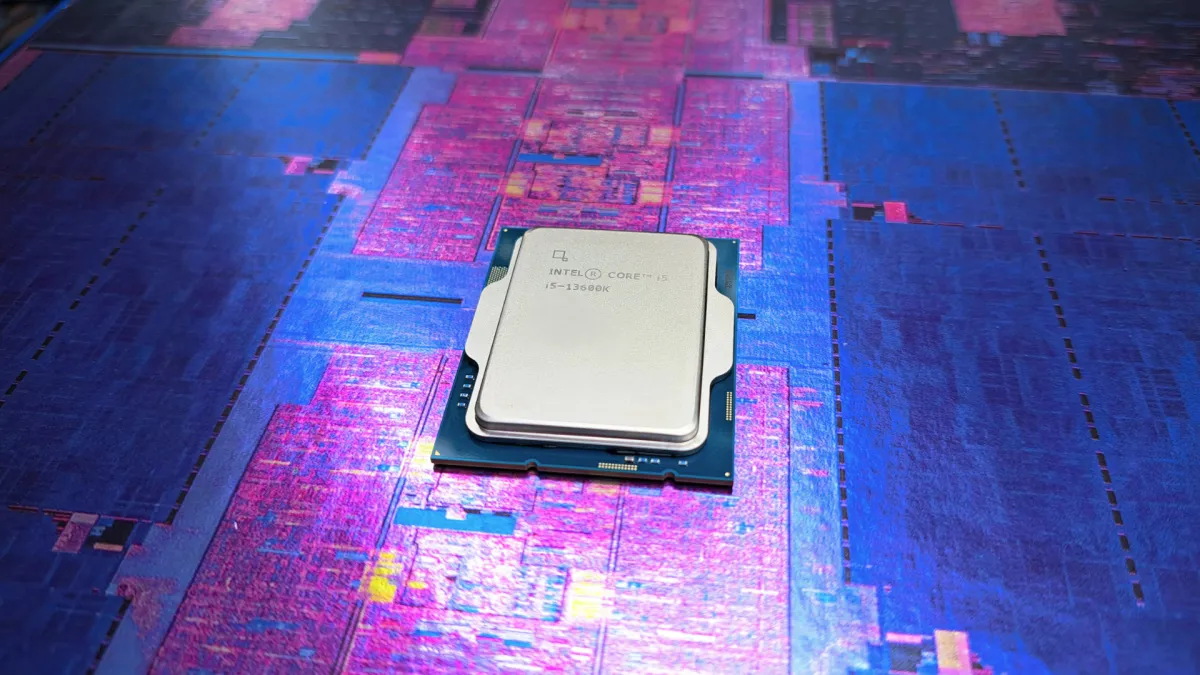
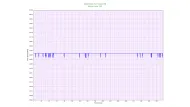
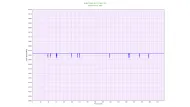
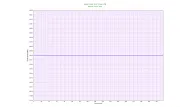
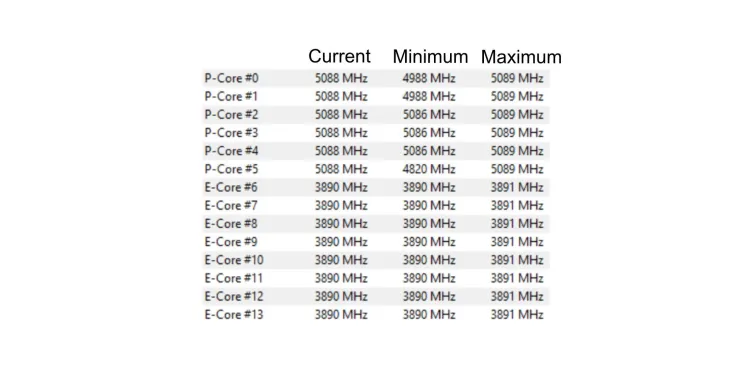
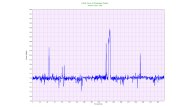
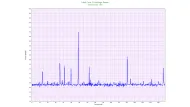
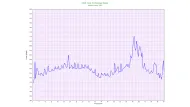
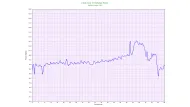
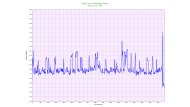
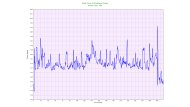
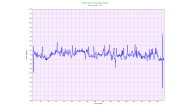
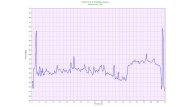
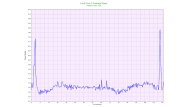
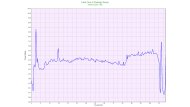
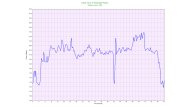
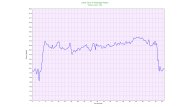
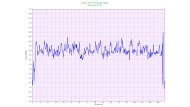
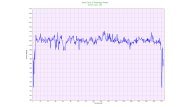
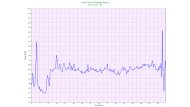
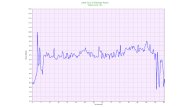
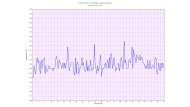
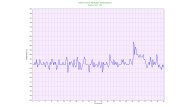
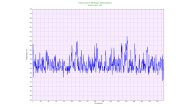
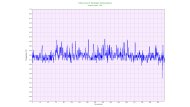
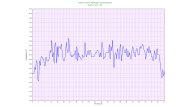
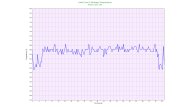
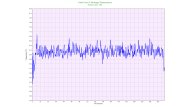
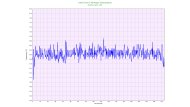





Published: Nov 9, 2022 08:00 am